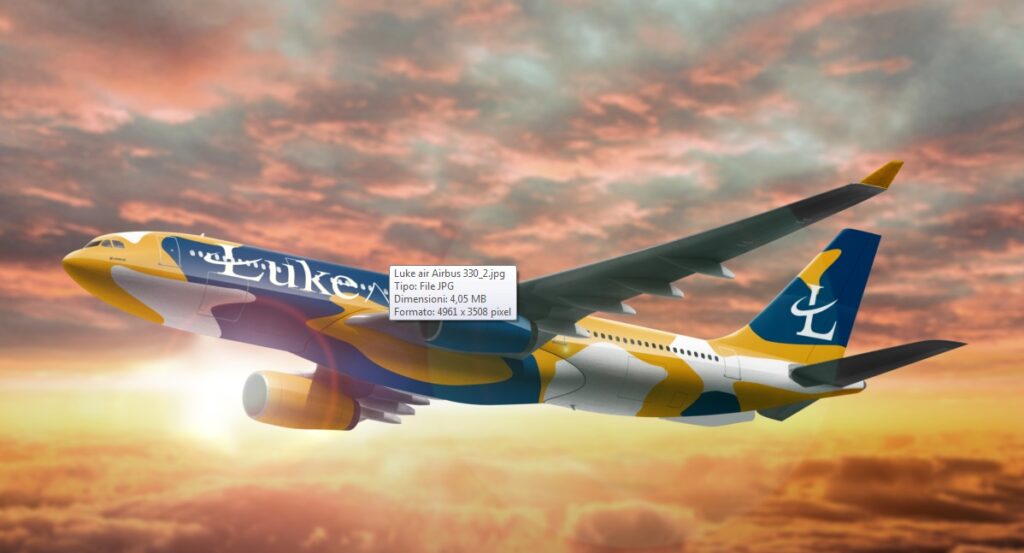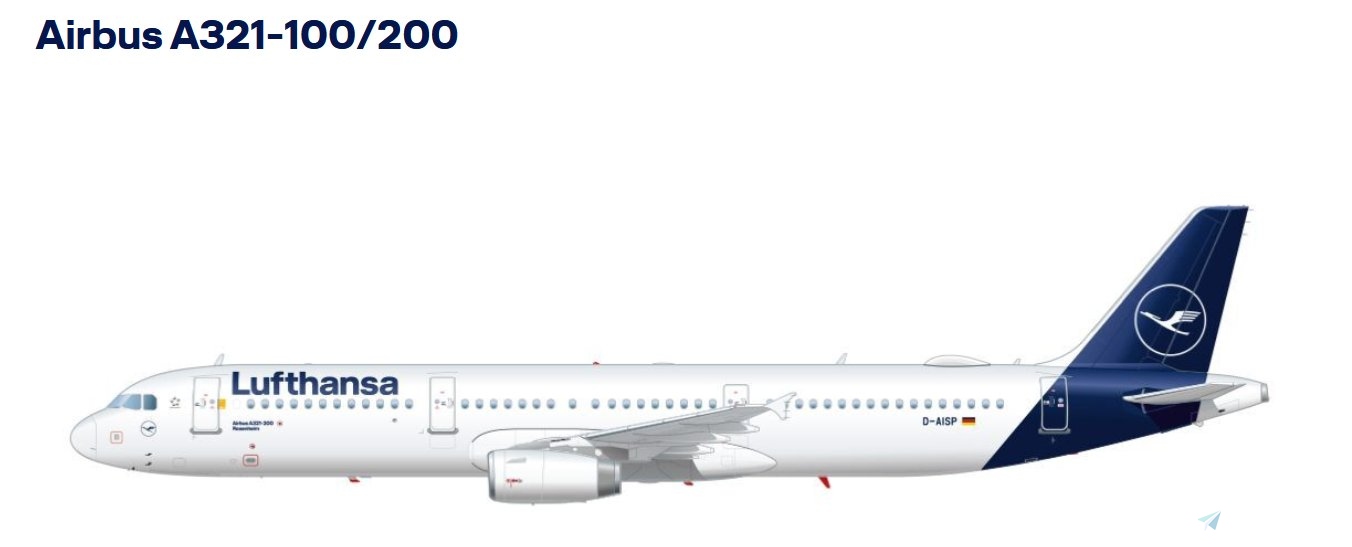
I can’t be the only one that pretends to haul passengers around, right? …Right? Anyways, next we have LukeAirTool, which makes the flying experience just a tad more interesting with its nifty PaxSim functionality. So, the virtual skies can be a bit lonely.
#Luke airtool simulator#
While Microsoft Flight Simulator does incorporate live multiplayer, you can’t truly interact with any of the other players in a public session. If it could be updated to support mobile connections, this tool would become far handier. That’s great for when I’m sitting down watching my flight, but if I want to step away and do some chores on a long haul, then I still have to keep checking back physically to monitor the flight’s progress. Despite its data being fed to a webpage, it only seems to be accessible on the computer I’m running the simulator on. My one gripe with this is that, at least so far in my experience, I have not found a way to get it to display on a mobile device. It’s also handy for checking stats like airspeed, altitude, vertical speed, and even flaps. VFR Map doesn’t just display the current location of your aircraft. It’s basically like a plane-friendly GPS program. From there, you can keep track of your current flight in real-time as a little dot that represents your aircraft blips across the map. This program injects itself into your session of Microsoft Flight Simulator and feeds the data to a web portal.

Speaking of mapping flights, if you’re flying into unfamiliar territory, it’s always good to get a birds-eye view of the terrain. Of course, you can also snap a screenshot of your journey and share it with the rest of the world.
#Luke airtool archive#
If you’re the type that likes to fly “properly” and/or wants to go on an epic air trip and record your progress, this is a great way to archive it. You can then import it to Google Earth (web or desktop version) and display each of your flights on the 3D globe!Ī small view of my journey from Canada to Japan and SE Asia. It then turns that data into a Google Earth file. How it works is that it tracks your flight path in Microsoft Flight Simulator from take-off to landing. That’s why I feel like Pilot Path Recorder was designed for weird folks like me. That is, wherever I land at, I have to take off from and continue on.

Since my days of simming as a kid, I would be bothered if I didn’t fly in succession. If you do fly a lot of passenger aircraft, then this utility is definitely worth the pickup until Asobo improves the default pushback system. Additionally, the latest version also patched in the ability to open and close specific doors on airliners (the A320, 787, and 747). As of the latest version, this functionality has been enhanced, now allowing for the tug to even pull an aircraft in any direction. The direction of the tug can also be controlled with a push of a button. Its little GUI allows you to effortlessly call a pushback tug without saying a word to ATC. This simmer has designed a handy utility called Pushback Helper which completely (and seamlessly) overrides the default system.

Thankfully, there’s a fan out there with a bright mind and a good heart – Metindikbas. The default pushback system in Microsoft Flight Simulator is, in a word, trash. With the protocol established, here are my picks as of January 2021.

But, as time goes on and more add-ons are released, expect to see more guides! Right off the bat, I’ll say that this guide has been dedicated to utilities rather than any aircraft, since there’s not much freeware aircraft available right now, and I also don’t have any payware aircraft just yet. With the collection growing rapidly on a weekly basis, the purpose of this guide is to spotlight a few of the add-ons for Microsoft Flight Simulator that stand out for their utility and quality.Īll of these add-ons are my personal recommendations that I’ve used time-and-again throughout my near 200 hours of playing the sim. Since then, there have been a variety of different add-ons that have rolled out onto the web in both the forms of freeware and payware. It’s been an exciting few months since Microsoft Flight Simulator took to the skies late last summer.


 0 kommentar(er)
0 kommentar(er)
